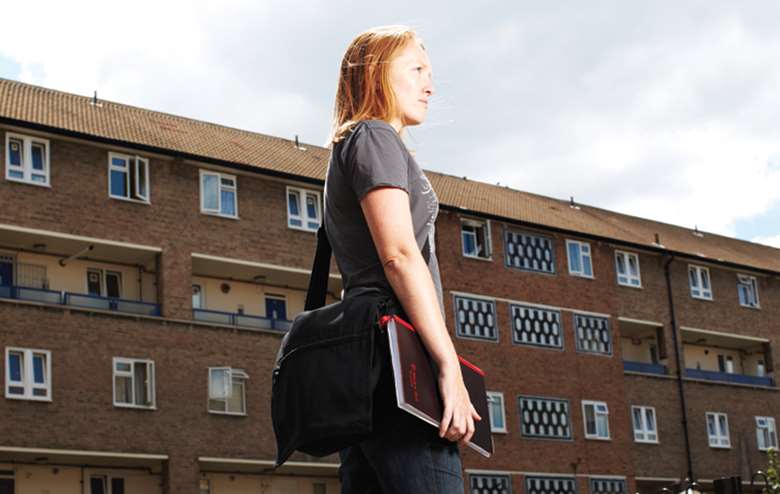DfE figures reveal massive variation in children's social work caseloads
Neil Puffett
Thursday, February 16, 2017
Average social work caseloads vary by in excess of 20 cases in different parts of England, new statistics published for the first time today show.

Annual workforce statistics produced by the Department for Education have for the first time included detail on average children's social work caseloads in each of the 152 local authorities.
While the average for England has been calculated at 16.1 cases per social worker, there is a wide variation across local authority areas.
The council with the lowest average caseloads is Lambeth at 7.6, but some have caseloads in excess of 30.
In total there are 11 councils with average caseloads of 25 or higher - Blackburn (25), St Helens (26.3), Hull (26.4), Stoke (27.8), Hertfordshire (28), Luton (28.7), Peterborough (30.9), Southend (30.4), Hampshire (28.3), Surrey (26.6), and Bristol (25.1).
Conversely, there are 15 councils where average caseloads are less than 12 - Rochdale (10.7), North East Lincolnshire (11.7), North Lincolnshire (10.3), Nottinghamshire (11.3), Rutland (7.7), Shropshire (8.4), Solihull (9), City of London (8.8), Islington (10.3), Lambeth (7.6), Tower Hamlets (11.7), Wandsworth (10.4), Medway (11.7), Portsmouth (9.3), and Reading (11.8).
The average caseloads have been calculated by dividing the number of cases held by children and family social workers (including agency workers) as of 30 September 2016, by the total number of social workers.
Nationally, there were 326,770 cases at the time the figures were collected, held by 20,330 social workers, giving an average of 16.1 cases per social worker.
However, the average caseload for "frontline" social workers is slightly higher. According to the DfE publication there were a total of 16,940 frontline social workers who were holding 284,130 cases - an average of 16.8 cases each.
Non-frontline social workers, of which there were 3,390, held a total of 42,640 cases - an average of 12.6 cases each.
It is the first time the DfE has published caseload data and it has warned that they should be viewed with caution.
"This is only an indicative caseload as the variables used to calculate this will not capture all caseholding social workers," the release states.
The national figures also show that the overall number of social workers rose slightly - by 4.7 per cent - from 28,570 to 29,330.
Meanwhile, although the total number of vacancies rose slightly from 5,470 in September 2015, to 5,540 in September 2016, the increase in the overall size of the workforce meant the vacancy rate dropped slightly from 17 per cent in 2015 to 16.7 per cent in 2016.
The DfE has said it is keen to use the statistics it collects in order to spot when standards in child protection are slipping.
Appearing before the public accounts committee in November, the DfE's top civil servant Jonathan Slater said there are early signs of links between agency rates, turnover, and Ofsted inspections.
The DfE data reveals that there are 18 councils where more than a third of the workforce is made up of agency staff.
*The DfE documents listed the Isle of Wight as having caseloads of 51.3. The DfE has told CYP Now that this figure is incorrect due to an error with the data supplied.




